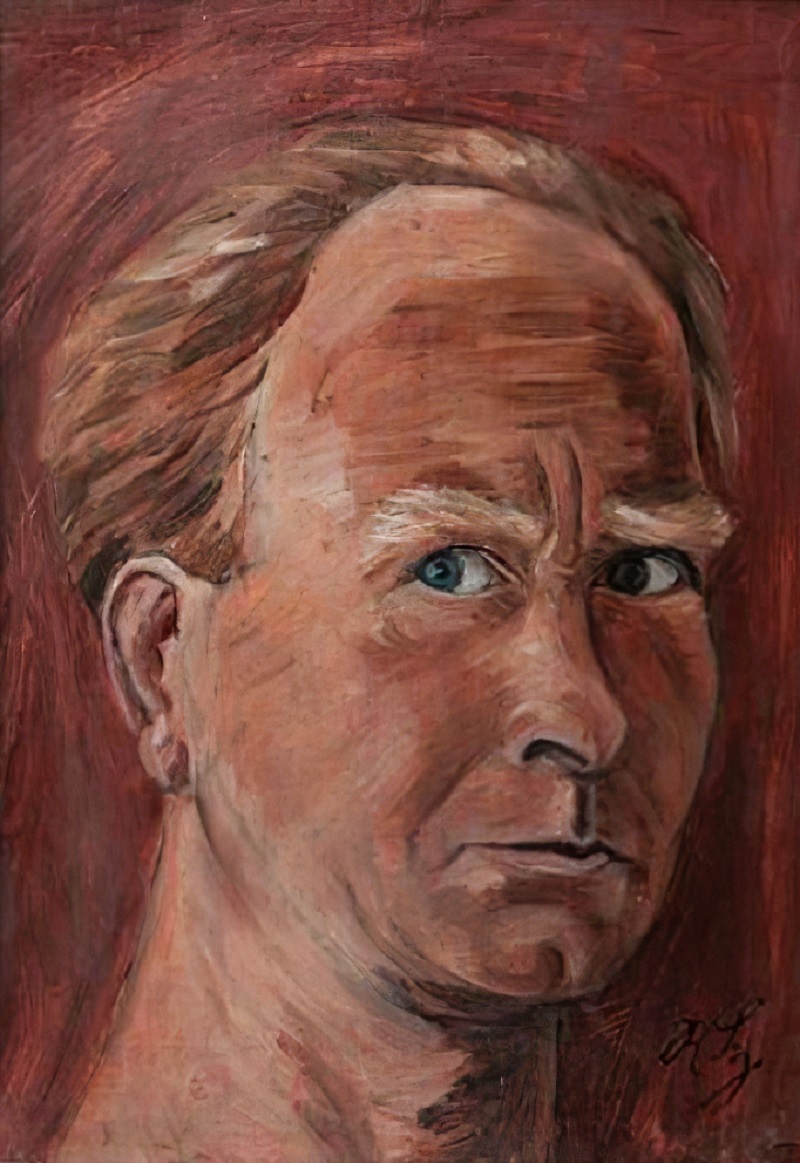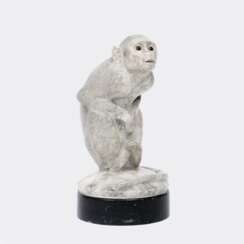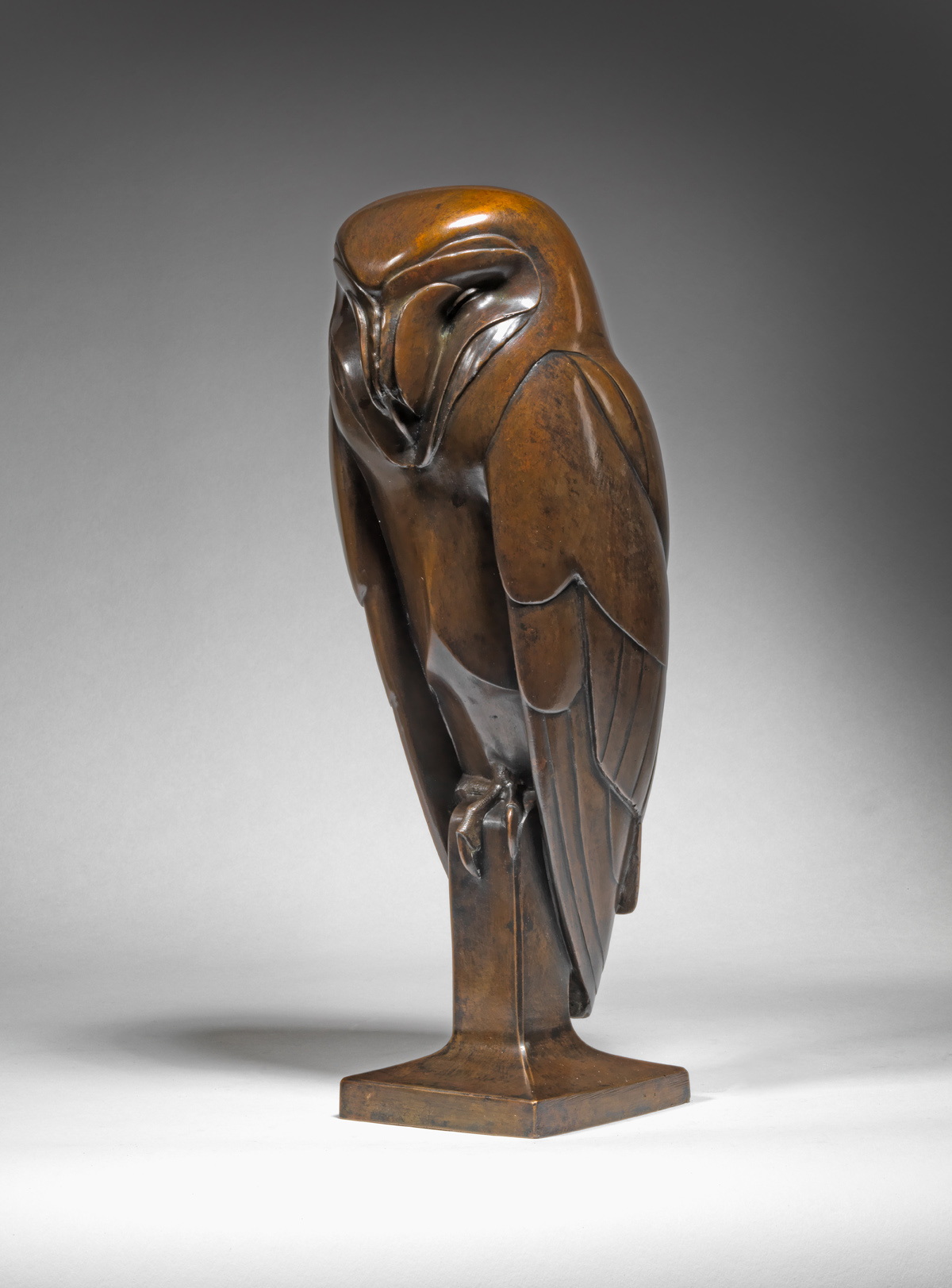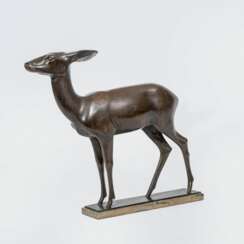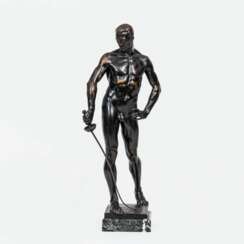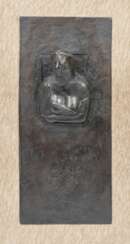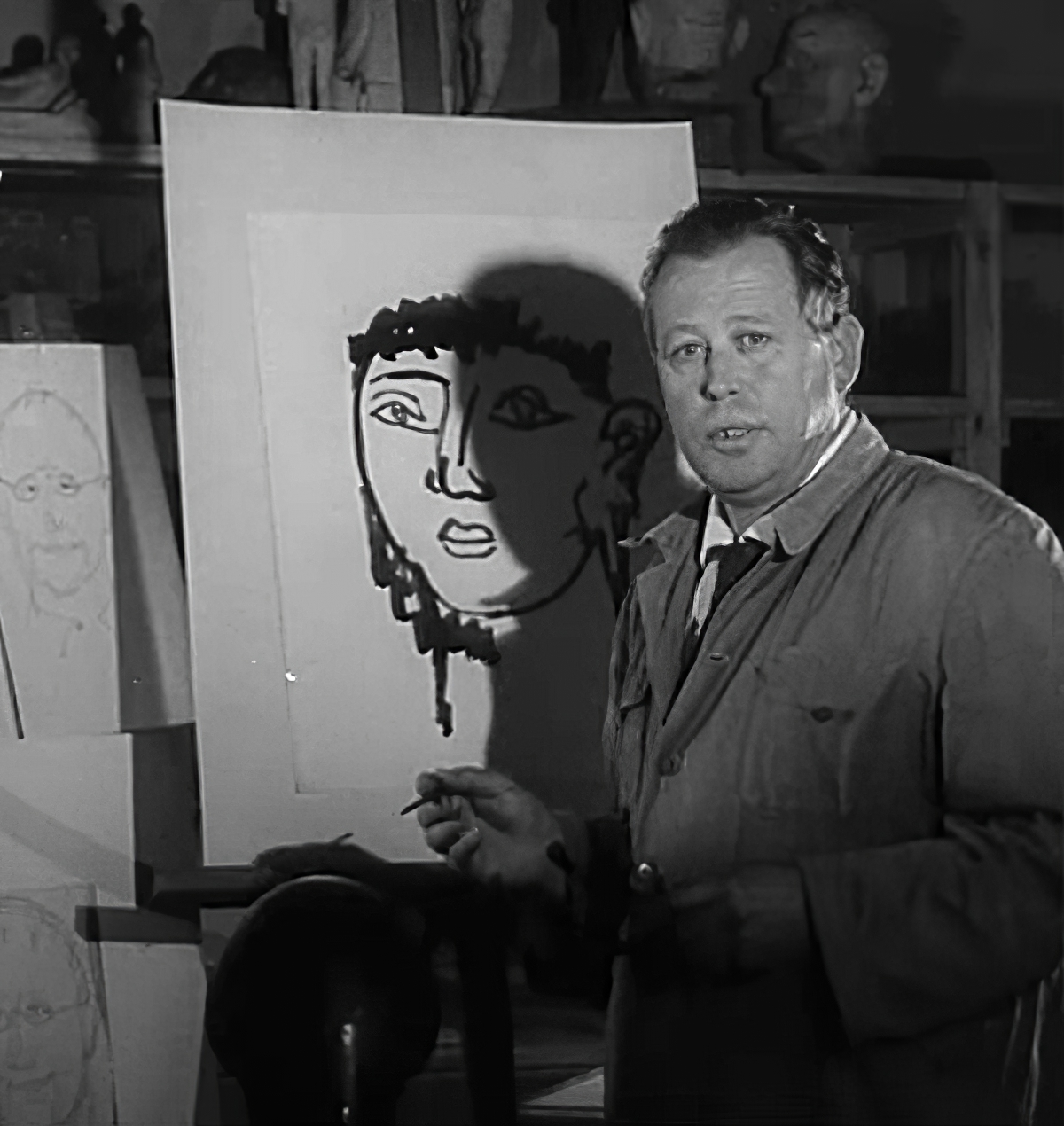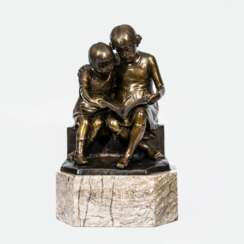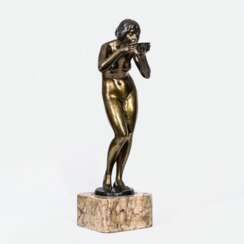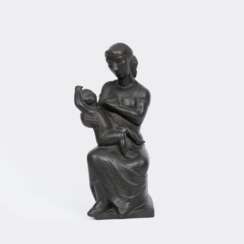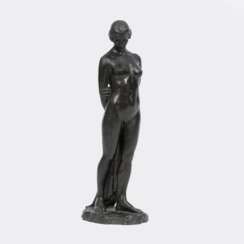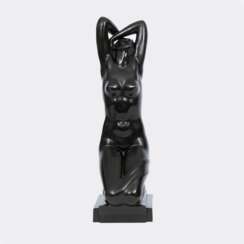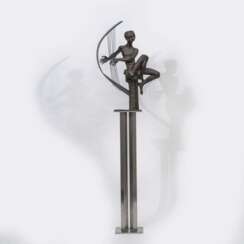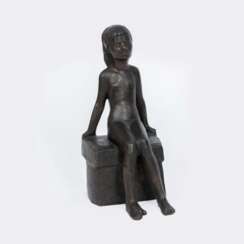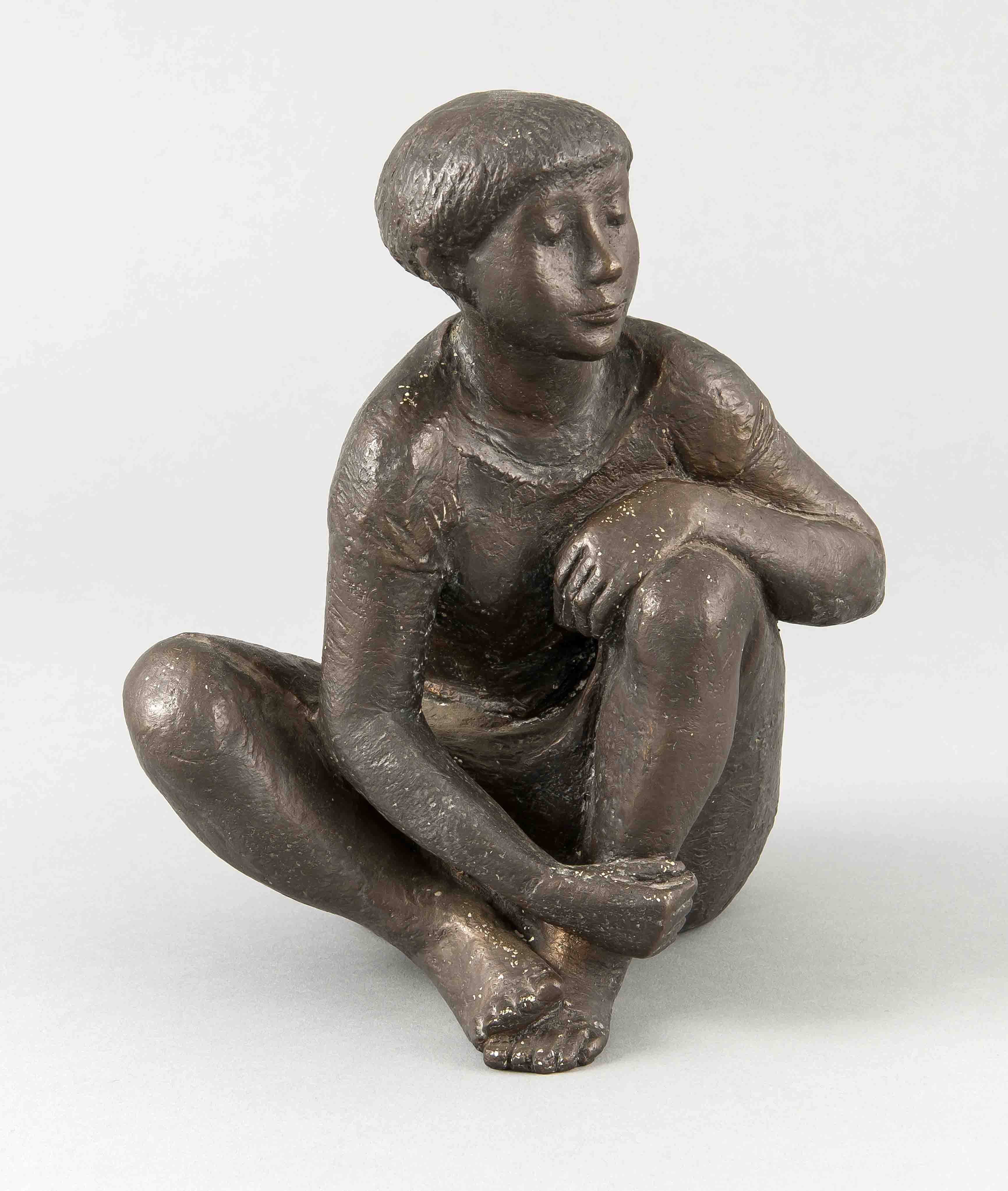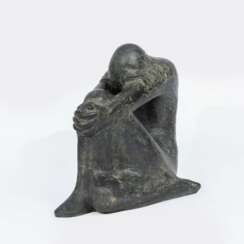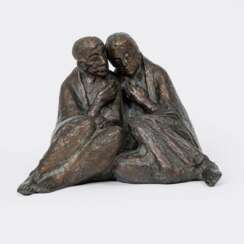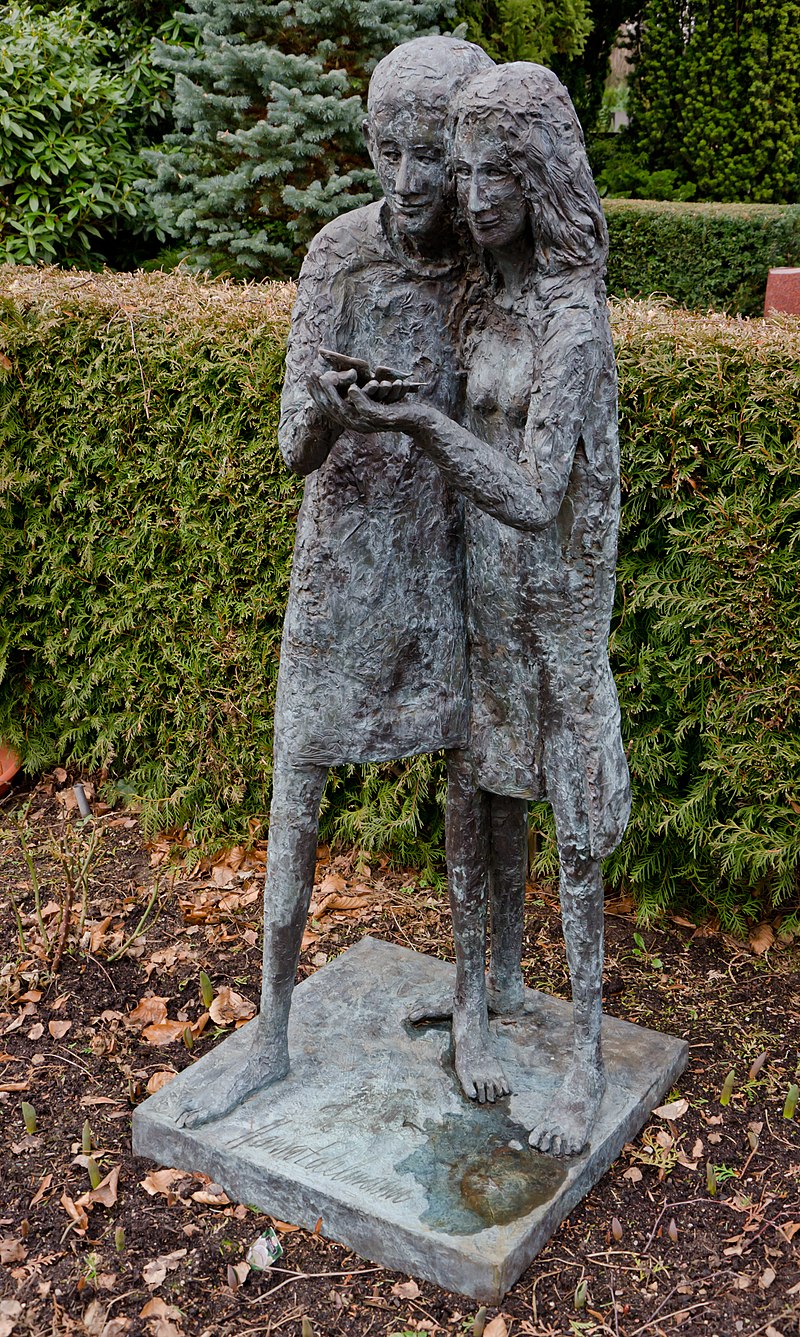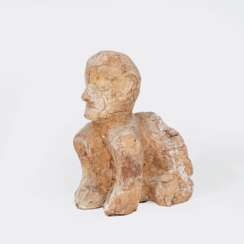
Sculptures and Bronzes — Kunst und Antiquitäten
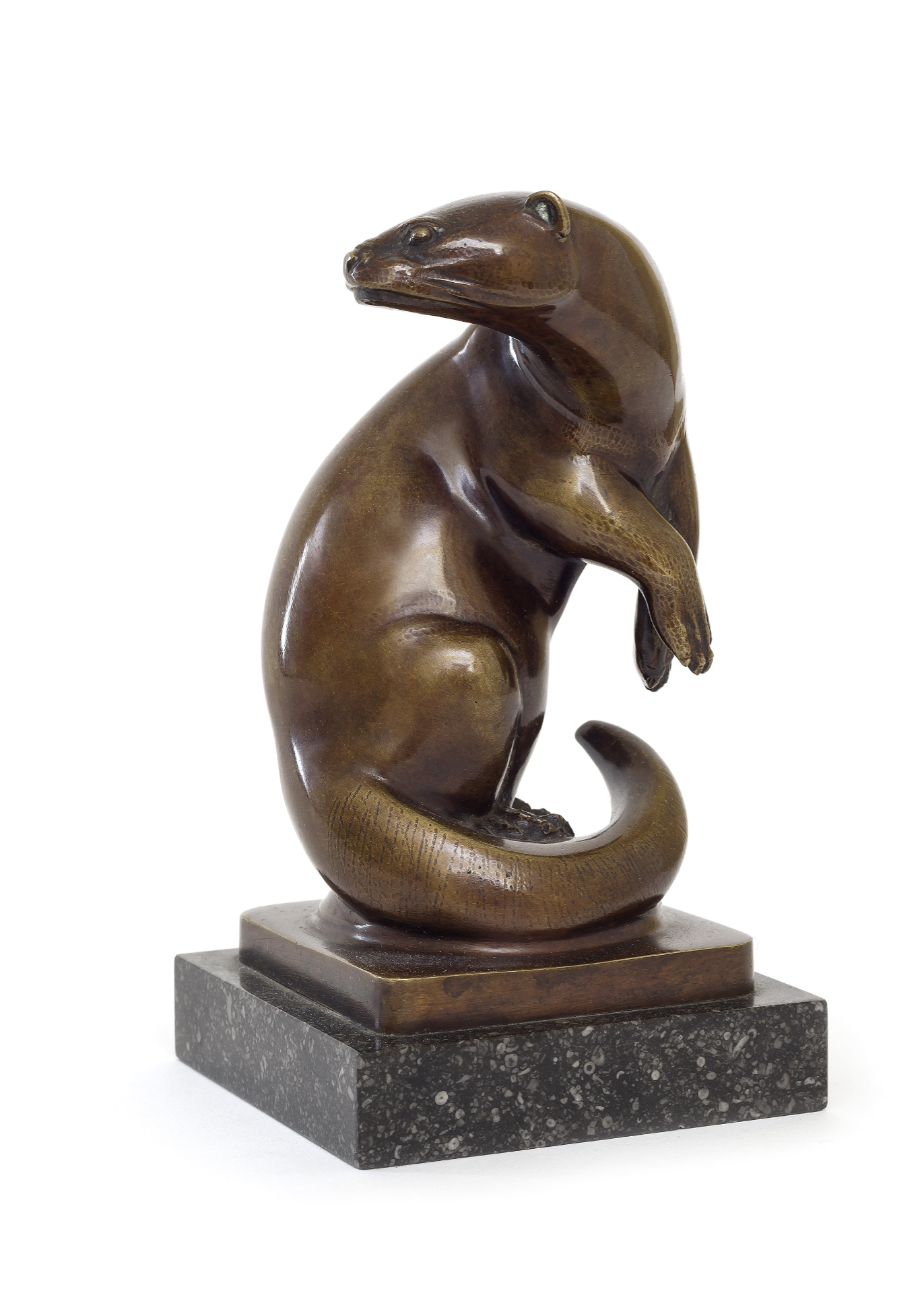
Max Esser was a German sculptor and designer, celebrated for his intricate animal sculptures and porcelain figurines. Born in 1885, Esser's career was marked by his detailed and lifelike representations of animals, which garnered significant acclaim and recognition in the art world.
Max Esser's education at the Kunstgewerbemuseum Berlin and the Berlin Art Academy honed his skills in sculpture, leading to regular exhibitions at the Great Berlin Art Exhibition from 1906. His works, often characterized by their expressive nature and technical precision, reflect his deep understanding of animal anatomy and movement.
Several of Max Esser's works are held in prestigious collections, such as the Metropolitan Museum of Art. Notably, his chess set at the Met, featuring materials like silver, ivory, and ebony, showcases his versatility and craftsmanship. This set is adorned with zodiac and astrological symbols, adding a layer of depth and intrigue to each piece.
Max Esser's works have also been featured in numerous auctions, with pieces like his bronze birds and Meissen porcelain figurines achieving significant attention and high bids. His 'Eagle' figurine for Meissen, made in 1931, is a testament to his skill with porcelain, capturing the majesty and fierceness of the eagle in a delicate medium.
For collectors and experts in art and antiques, the works of Max Esser offer a blend of historical value and exquisite artistry. His contributions to porcelain art and animal sculpture remain influential, continuing to inspire admiration and scholarly interest.
To stay informed about upcoming sales and auction events featuring Max Esser's work, sign up for our newsletter. This subscription is an essential resource for collectors keen on acquiring pieces by renowned artists like Esser.
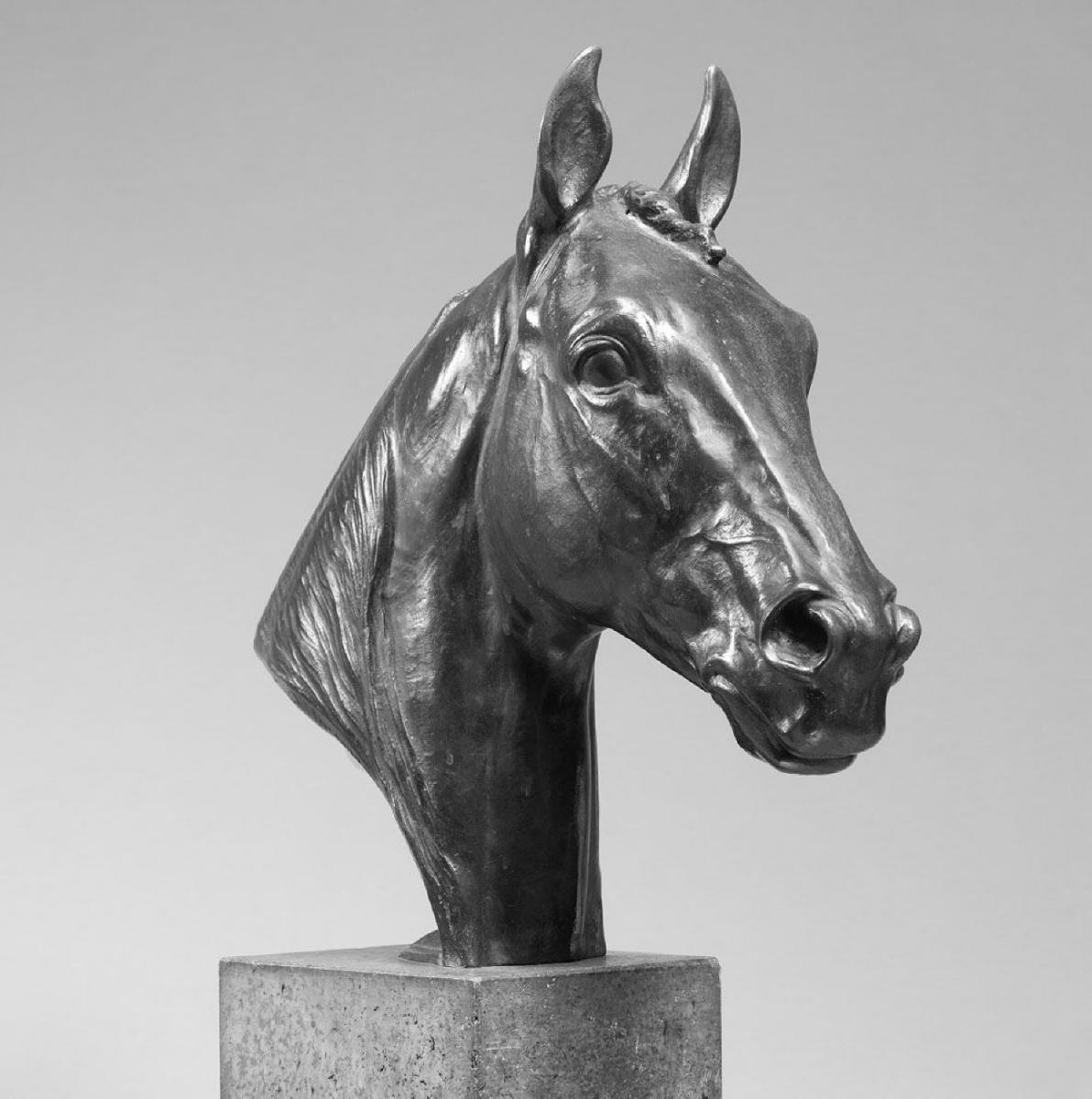
Albert Hinrich Hussmann was a distinguished German artist and sculptor renowned for his specialization in horse and rider statues. Educated at the Academy of Fine Arts in Berlin, Hussmann's artistic contributions were prominently featured in the Great Berlin Art Exhibition, showcasing his profound skill and dedication to his craft.
Throughout his career, Hussmann was celebrated for his dynamic portrayal of equestrian subjects, capturing the grace and power of horses with remarkable precision and emotion. His work with the Bavarian porcelain company Rosenthal from 1909 to 1943, further solidifies his legacy, highlighting his versatility and influence in both sculpture and fine arts. His artistic journey concluded with his passing on November 15, 1946, in Lüdingworth, Germany, leaving behind a legacy celebrated in various collections and exhibitions.
For collectors and experts in art and antiques, Hussmann's sculptures embody the pinnacle of equestrian art, offering a glimpse into the artist's profound admiration and understanding of his subjects. His pieces remain a testament to his skill, capturing the essence of movement and the nobility of the horse with each sculpture.
To stay informed about exhibitions, sales, and auction events related to Albert Hinrich Hussmann's work, signing up for dedicated updates is advisable. This ensures access to the latest information and opportunities to appreciate the enduring artistry of one of Germany's celebrated sculptors.
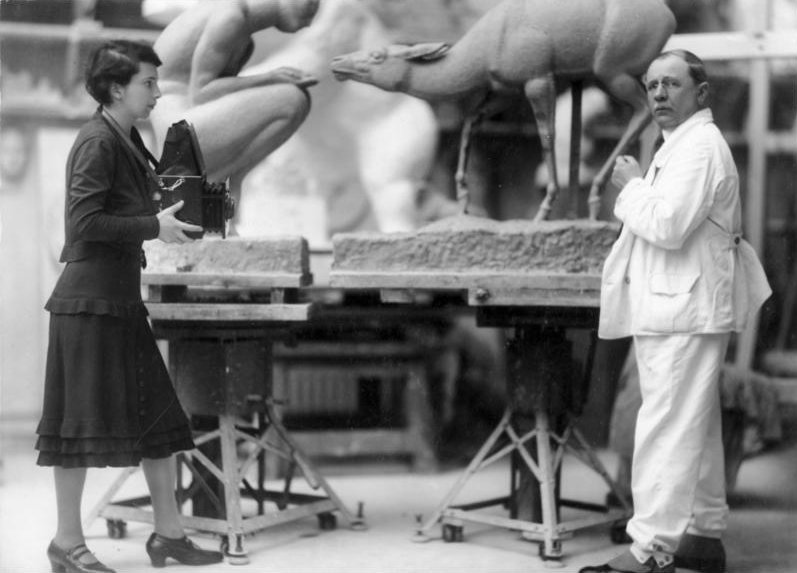
Hugo Lederer was a German sculptor and medallist. He lived and worked in Berlin during the reign of Kaiser Wilhelm II and the first German democracy. His most famous work is the monumental monument to Bismarck in Hamburg (1902-1906).
Hugo Lederer always stood on the side of upper-class modernism and opposed the anti-bourgeois left-wing or popular art scene. Initially he was still following Reinhold Begas and his neo-Baroque style, the Gründerzeit art movement favoured by Kaiser Wilhelm II and despised by many intellectuals of the time.
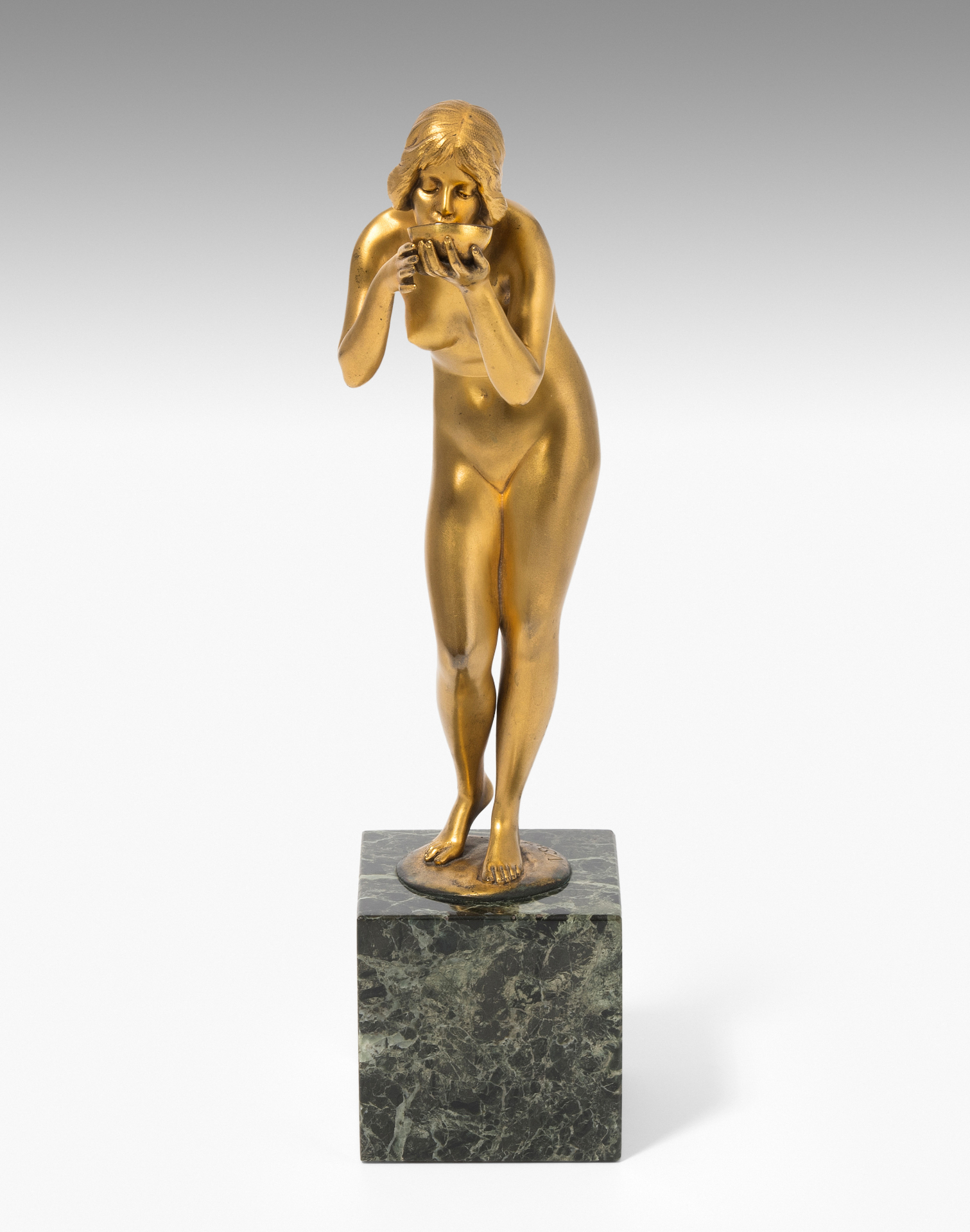
Victor Heinrich Seifert was an Austrian sculptor.
Seifert studied first at the University of Applied Arts in Vienna and later at the Berlin Academy of Art. After the end of World War I, he created many war memorials for German cities and towns, for which he became famous. Seifert also worked on classical nude sculptures in bronze.

Victor Heinrich Seifert was an Austrian sculptor.
Seifert studied first at the University of Applied Arts in Vienna and later at the Berlin Academy of Art. After the end of World War I, he created many war memorials for German cities and towns, for which he became famous. Seifert also worked on classical nude sculptures in bronze.
.jpg)
Ernst Heinrich Barlach was a German expressionist sculptor, medallist, printmaker and writer. Although he was a supporter of the war in the years leading to World War I, his participation in the war made him change his position, and he is mostly known for his sculptures protesting against the war. This created many conflicts during the rise of the Nazi Party, when most of his works were confiscated as degenerate art. Stylistically, his literary and artistic work would fall between the categories of twentieth-century Realism and Expressionism.

Fritz Fleer is a German painter and sculptor. He studied at the Hamburg University of Fine Arts in the class of Edwin Paul Scharf.
As independent artist, Fritz Fleer has been creating works for urban planning since the 1950s; in Hamburg he was commissioned for 17 sculptures by the municipal housing company SAGA.

Fritz Fleer is a German painter and sculptor. He studied at the Hamburg University of Fine Arts in the class of Edwin Paul Scharf.
As independent artist, Fritz Fleer has been creating works for urban planning since the 1950s; in Hamburg he was commissioned for 17 sculptures by the municipal housing company SAGA.

Horst Antes was a German painter, graphic artist and sculptor, a pioneer of the new figurative painting in Germany.
After studying at the Karlsruhe Academy of Fine Arts from 1957 to 1959, Antes taught there himself and later became a professor there.
Antes became known for the Kopffüßler (head-foot) image, which has been a recurring theme in his paintings, sculptures and graphic works since the early 1960s. Antes' work is represented in several major collections in Berlin, Hamburg, Cologne and elsewhere in Germany.




